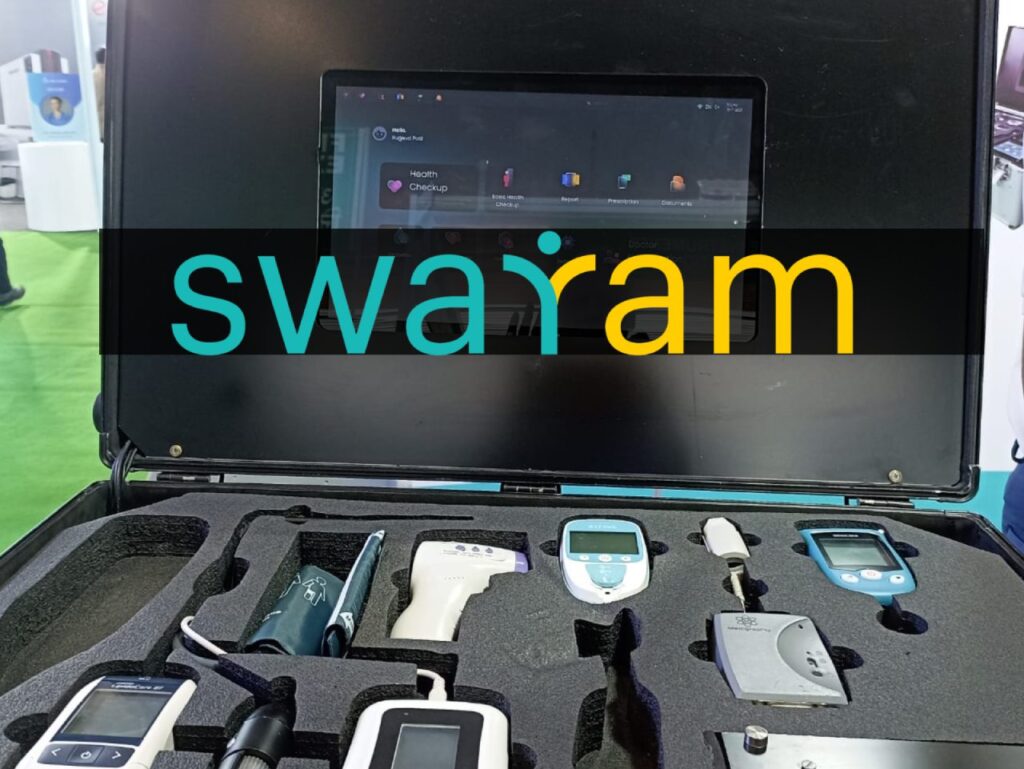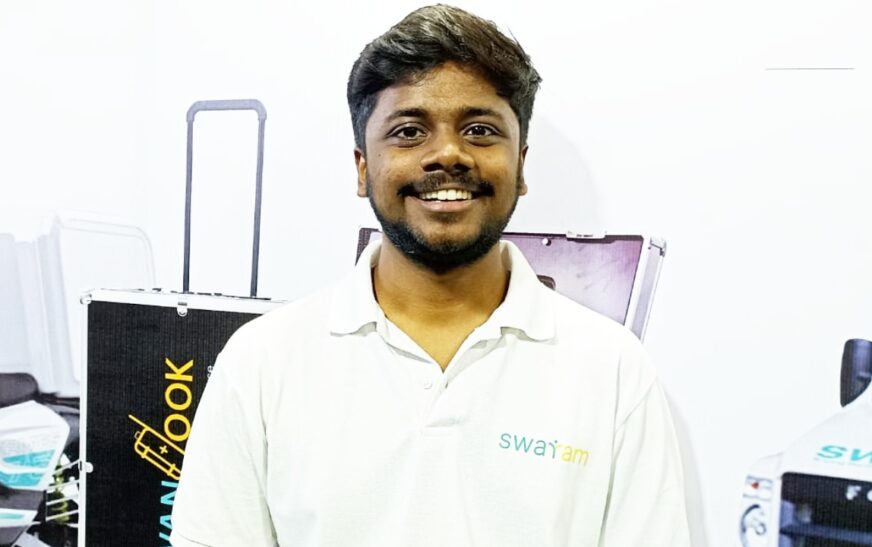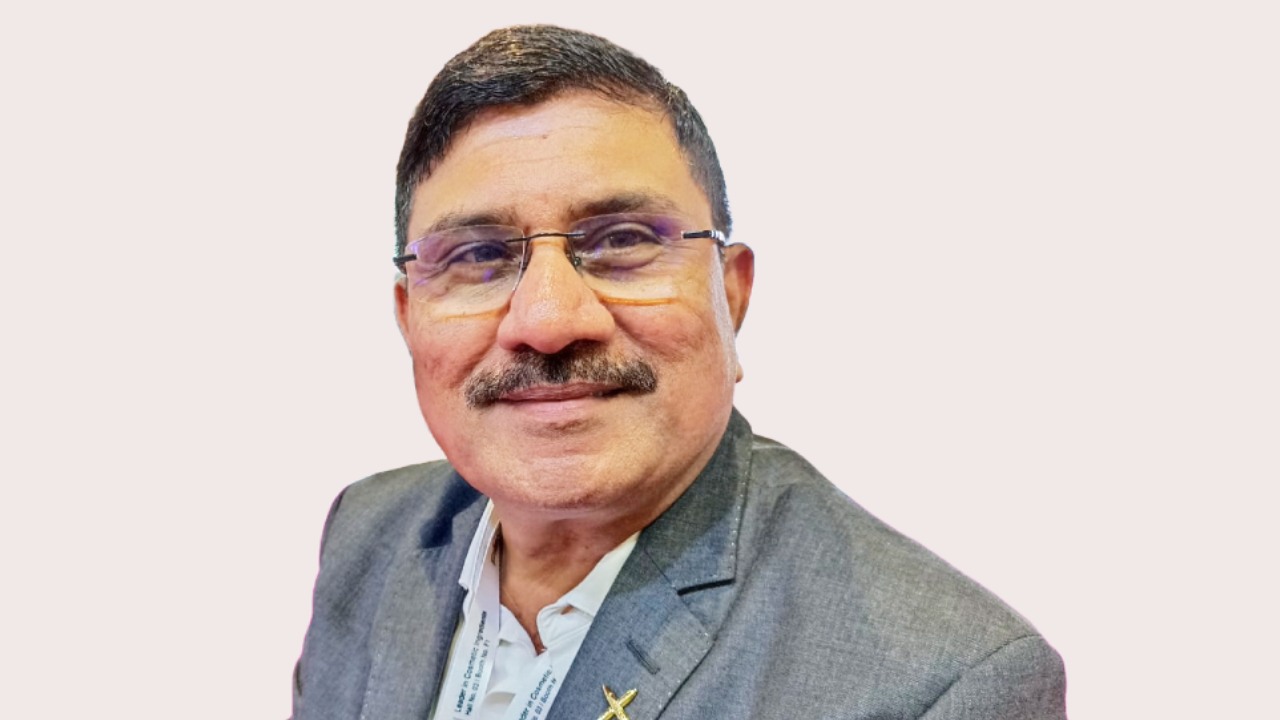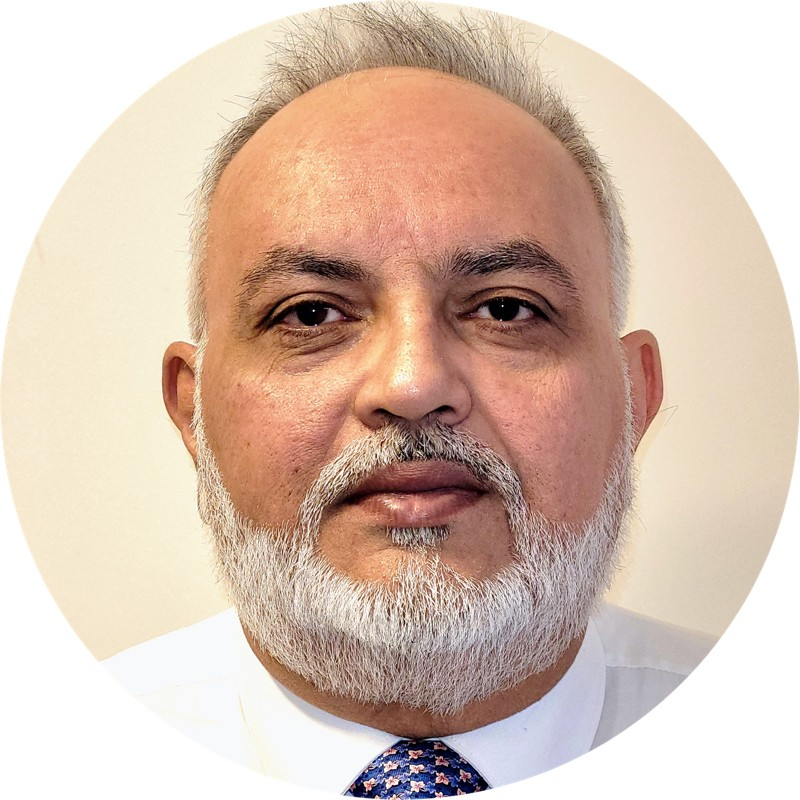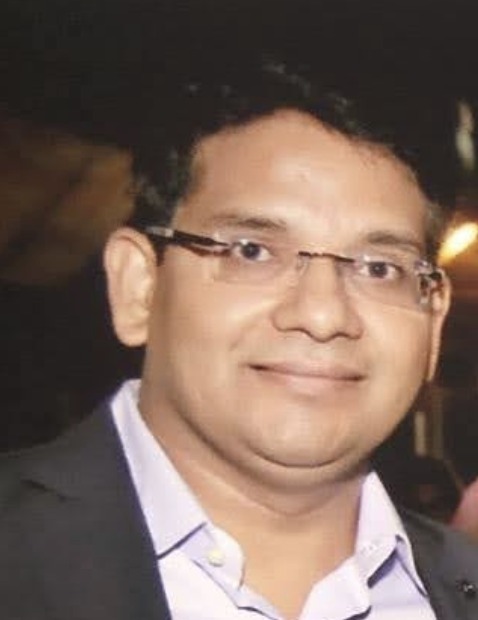Sanskritech Smart Solutions Pvt. Ltd., operating under the brand name Swayam, is a Mumbai-based health-tech pioneer established in 2018. A wholly owned subsidiary of Mylab Discovery Solutions—renowned for launching India’s first COVID‑19 RT‑PCR kits and the Coviself home testing solution—Sanskritech specializes in next-generation point-of-care diagnostic platforms.
At the forefront of its innovation is Swayam, India’s first CDSCO-approved “ATM-style” health kiosk. This IoT-enabled, portable diagnostic system performs over 100 clinical-grade tests—both invasive and non-invasive. It seamlessly integrates with the Ayushman Bharat Digital Mission (ABDM) Health ID, supports multilingual user interfaces, and delivers test reports instantly via mobile app or on-site printouts. Equipped with real-time video consultation features, Swayam brings comprehensive healthcare to users’ fingertips.
Driven by a bold vision to bridge the healthcare accessibility gap, Sanskritech targets underserved populations—especially the “invisible patient” who lacks timely diagnostic care. From rural health centers and urban clinics to corporate offices, airports, and malls, the company seeks to transform how and where diagnostics are delivered. Backed by Mylab’s strategic support, it plans to deploy over 1,000 kiosks across India, accelerating the democratization of preventive healthcare and telemedicine.
At India Health 2025, in an exclusive interaction with The Interview World, Rugved Patil, Head of R&D at Sanskritech, offered a deep dive into the company’s cutting-edge healthcare solutions. He unpacked the technology architecture behind their platform, underscored its cost-effectiveness, and shared a preview of upcoming innovations designed to enhance patient care. Most importantly, he highlighted how Sanskritech’s solutions make high-quality diagnostics truly affordable and accessible.
Here are the key insights from that compelling conversation.
Q: Could you elaborate on Sanskritech’s key offerings in the healthcare domain and highlight the innovations that set your solutions apart?
A: Our core objective is to drastically reduce diagnostic turnaround time. Traditional pathology labs typically take 12 to 24 hours to deliver results. In contrast, our solution brings that down to just 15 to 20 minutes.
Here’s how it works: A user walks in and completes registration. Within minutes—typically 15 to 20—they undergo screening and receive a clinically validated report almost instantly.
But we go beyond just screening. If the user chooses, they can immediately consult a doctor through a live video session. With the user’s consent, the doctor gains instant access to their health records, including live physiological data such as heartbeats. This seamless integration allows real-time diagnosis, not just a snapshot of symptoms.
Moreover, the entire process is digitized. For businesses and healthcare providers that deploy our kiosk, every patient interaction generates structured digital records. Unlike many hospitals that still rely on handwritten documentation, our platform provides real-time updates through a centralized client dashboard.
In essence, we’re not just accelerating diagnostics—we’re modernizing healthcare delivery. We offer a compact, IoT-enabled ecosystem that combines speed, accuracy, teleconsultation, and health record digitization, all in one place.
Q: Could you walk us through the core technologies powering your offerings, particularly how they are being applied to enhance patient-centric solutions?
A: Our technology is built on a proprietary operating system, developed in-house specifically to enhance patient monitoring and improve diagnostic accuracy. Unlike off-the-shelf solutions, our OS is tailored to meet the unique challenges of delivering healthcare in underserved regions—particularly rural India, where internet connectivity is often unreliable or unavailable.
To address this, we designed an offline-first system. It functions seamlessly without a network and automatically syncs all patient data once connectivity is restored. The smart monitoring capabilities are fully managed by the operating system, ensuring smooth operation even in low-resource environments.
Most importantly, the interface is simple and intuitive. Users or attendants—regardless of their technical proficiency—don’t need to manage complex processes. The system handles everything in the background, allowing healthcare delivery to remain uninterrupted, intelligent, and effortless.
Q: How does the cost of your technology compare to other solutions currently available in the market, and how do you ensure affordability without compromising on quality?
A: Consider the cost and complexity of setting up a traditional pathology lab. You need to purchase multiple machines, manage data storage separately, and handle various operational components independently. Now, compare that with investing in our diagnostic system.
Our solution offers a fully integrated platform—hardware, analysis software, data storage, and reporting—all built into one compact unit. There’s no need for separate equipment or additional infrastructure.
The result? Significantly lower setup costs and minimal maintenance. It’s not just simpler—it’s dramatically more affordable and efficient.
Q: What new technologies or platforms are you currently developing, and how do they build upon your existing solutions? Looking ahead, what are your key innovation or expansion plans for the next 5 to 10 years?
A: Our current setup requires an attendant. However, our ultimate goal is to automate the entire process. Eventually, patients will simply walk up to a kiosk, scan their finger, and the system will handle the rest seamlessly. That’s the vision we’re working towards—effortless, self-driven service without human intervention.
Q: Do you have plans to integrate emerging technologies like AI, ML, or blockchain into your existing systems? If so, how do you envision these technologies enhancing your offerings?
A: Our admin dashboard delivers powerful, AI-driven analysis. Suppose you’re managing data from 1,000 individuals who have undergone various tests—take HbA1c as an example. The AI analyzes the results and instantly categorizes patients as pre-diabetic, diabetic, or normal. It also identifies key contributing factors influencing each condition. In short, it transforms raw data into actionable clinical insights.
Q: How affordable is your technology for end users, particularly patients? Could you compare its cost-effectiveness with conventional diagnostic labs or similar solutions in the market?
A: In terms of affordability, consider this: a standard HbA1c test typically costs around ₹100 at a conventional pathology lab. In contrast, we offer the same test at a significantly reduced rate—just ₹50 to ₹60. This makes our solution not only accessible but also highly cost-effective.
